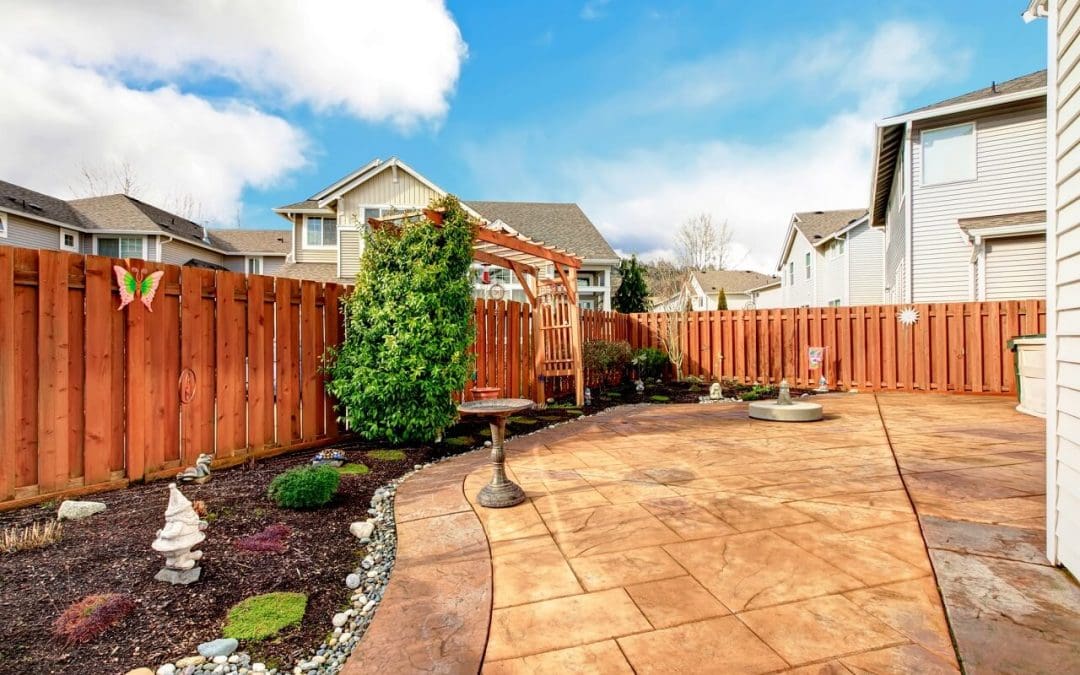Things to Consider to Plan a New Fence
You may be planning to install a fence to protect your garden, mark a property boundary, or keep children or pets safe in the yard. There are a variety of materials available to choose from, and the purpose of the fence will help you make the right decision. Here are a few tips on how to plan for a new fence.
The Function of Your New Fence
Determining the purpose of your new fence is the first step to make sure that it functions as designed. A fence for keeping children out of the pool area will need to be more secure than fencing used to enclose your vegetable garden.
If you’re building for privacy or security, height is a consideration. Many homeowner’s associations have guidelines defining maximum and minimum requirements, so design your fence in accordance with your neighborhood’s rules and regulations.
Material Selection
Choosing materials is another important part of planning for your new fence. Solid wood, vinyl, and composite materials are excellent for providing privacy, and each one is known for its durability. Wood is also great for secure fencing and gives your yard a classic look while offering privacy.
Chain link is a popular choice due to its lower cost and hassle-free maintenance, but if you’re looking for fencing to improve curb appeal, then composite, vinyl, and aluminum are great choices. These fencing materials will last longer and they don’t require the same amount of upkeep as wood.
Access Points
When you’re planning for a fence, remember to factor in the access points. You may need enough room to fit yard equipment or even a vehicle through the gate. Planning ahead saves you the trouble of having to make adjustments in the future. Decide how many access points you’ll need and what their specific purposes will be. Keep these points of entry in convenient and accessible areas of the yard.
Consider the Cost as You Plan for a New Fence
Taking cost into consideration helps you narrow down your options. Wooden fencing materials are more expensive than chain link, and composite and vinyl are higher in price than both wood and chain link options.
You may realize you cannot afford to fence in the entire yard with the materials you prefer, but can instead choose a smaller area to be fenced. Mixing fence types and materials may also help you to stay within your budget.
By choosing materials that are well-suited to the function of your fence, you’ll create an attractive and functional fenced area. Do some research to determine the best options for your fencing project.
Appalachian Inspection Services provides home inspections to Western North Carolina. Contact us to schedule an appointment.

